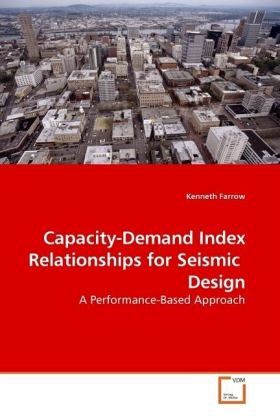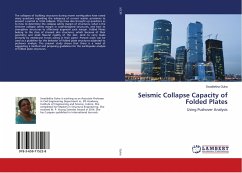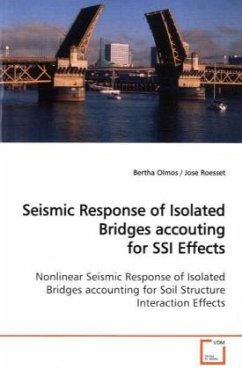
Capacity-Demand Index Relationships for Seismic Design
A Performance-Based Approach
Versandkostenfrei!
Versandfertig in 6-10 Tagen
52,99 €
inkl. MwSt.

PAYBACK Punkte
26 °P sammeln!
Seismic design procedures in current building provisions are based on linear and nonlinear static approaches that use capacity-demand index relationships such as the relationship between the lateral strength and the maximum lateral displacement. Previous research on the development of these relationships is based on linear-elastic ground motion acceleration response spectra, whereas the current design procedures are based on smooth design response spectra. For the design procedures to be consistent, new capacity-demand index relationships are proposed based on smooth design response spectra fr...
Seismic design procedures in current building provisions are based on linear and nonlinear static approaches that use capacity-demand index relationships such as the relationship between the lateral strength and the maximum lateral displacement. Previous research on the development of these relationships is based on linear-elastic ground motion acceleration response spectra, whereas the current design procedures are based on smooth design response spectra. For the design procedures to be consistent, new capacity-demand index relationships are proposed based on smooth design response spectra from existing design provisions. This book provides procedures that utilize these capacity-demand index relationships for the purpose of producing viable structural designs using performance-based engineering concepts (e.g., inelastic capacity-demand spectra methods). The tools herein summarize the basic understanding of seismic design essential for any practicing structural engineer.












